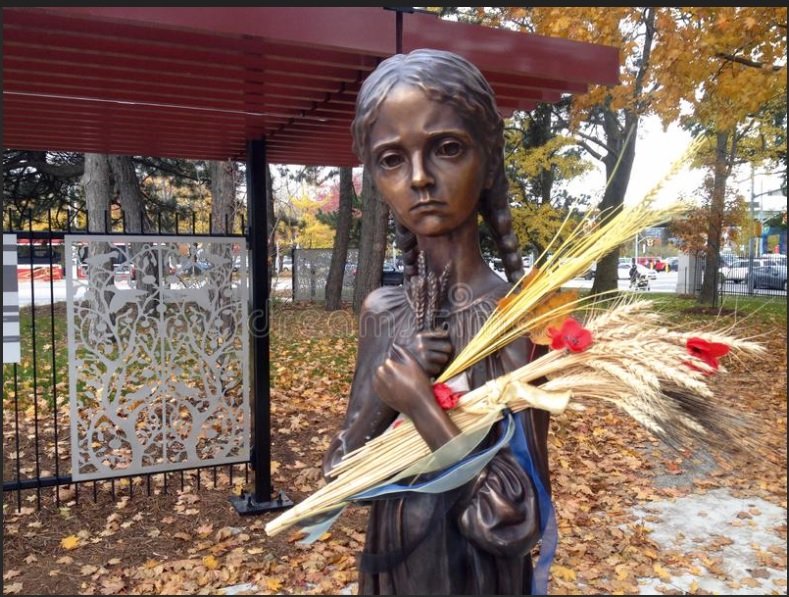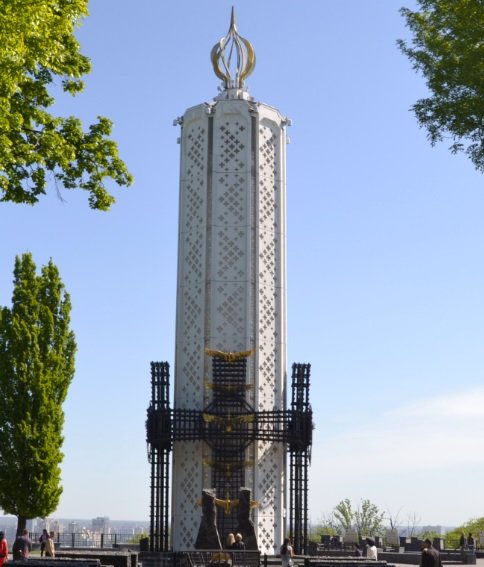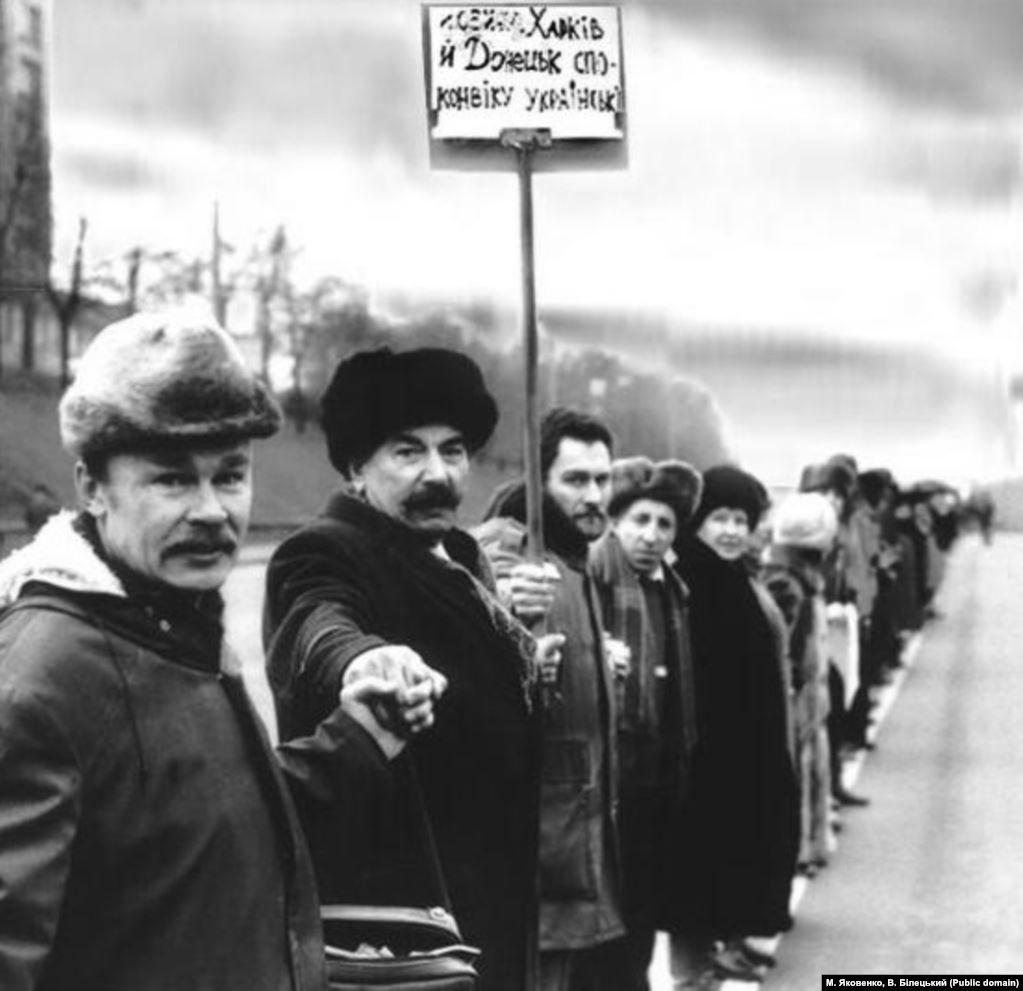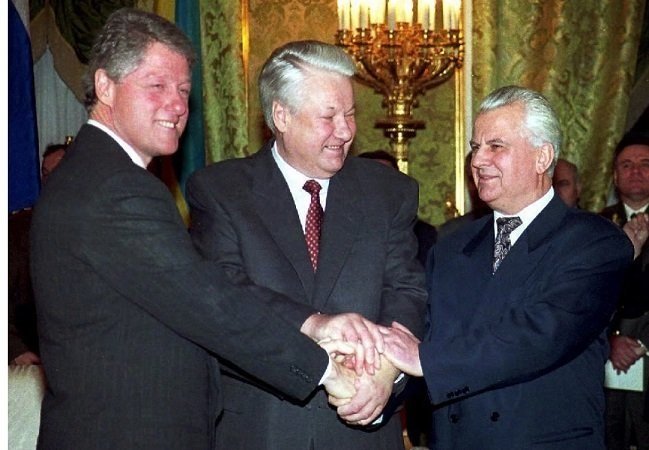Peace in Our Time - Part 4
This series of articles has been investigating similarities between German's 1938 annexation of the Sudetenland region of Czechoslovakia and Russia's 2022 aggression against Ukraine.
In part 1 of this series, we reviewed Hitler's 1938 speeches justifying acquiring the Sudetenland. Hitler's justification for taking the Sudetenland from Czechoslovakia resembles Putin's for invading Ukraine.
In part 2, we looked at British Prime Minister Neville Chamberlain's defense of the appeasement of Germany.
And in part 3, we looked at British politicians who opposed to the 1938 appeasement policy.
This post will review Ukraine’s historical development. In future posts we will look at Russia’s annexation of Crimea in 2014 and aggression against Ukraine in 2022.
A summary of Ukraine history: *
The current territory of Ukraine has previously been part of Russia, Poland, the Ottoman Empire (modern Turkey), and the Austria-Hungarian Empire.
The cataclysm of World War I resulted in the overthrow of the Russian Tsar in February 1917. This was followed by a Communist takeover in November 1917. A multi-year Russian Civil War broke out.
In 1918, nationalists declared the first independent Ukraine nation. However, this nation was short-lived; by 1922, the Communists had consolidated control over what became known as the Soviet Union.
The 1919 Treaty of Versailles at the end of World War I created the independent nations of Poland, Czechoslovakia, Yugoslavia, Lithuania, Latvia, Estonia, Finland, Austria, and Hungary. Ethnic Ukrainians ended up in Poland, Romania, and the Soviet Union.
The Union of Soviet Socialist Republics (U.S.S.R) was formally created in the 1922 'Treaty on the Creation of the Union of Soviet Socialist Republics.' It consisted of four republics: Belarus, Russia, Transcaucasia (Georgia, Azerbaijan, and Armenia), and Ukraine. In time the U.S.S.R. grew to 15 republics.
The 1922 treaty included a statement that the U.S.S.R. was created by the free will of the people. It also stated that each republic had the right to leave the Union of its own will (I wonder if the Southern United States wished they had this clause before the start of the U.S. Civil War). The agreement also included a division of power between the centralized government and the individual republics.
In the 1930s, agricultural policies implemented by Stalin resulted in the deaths of at least three million Ukrainians. This is known as the Holodomor, or the Ukrainian word for death by hunger.
In 1954, the Crimean Peninsula was transferred from Russia to Ukraine by Soviet premier Kruschchev. Several possible reasons have been given for this transfer. At the time, the Soviet Government stated:
"...The Ukrainian people have tied their fate with the Russian people since olden times…."
"The centuries-long friendship of the Ukrainian and Russian peoples and the economic and cultural link between Crimea and Ukraine..."
"…[the transfer] marks a notable event, the 300th anniversary of the reunion of Ukraine with Russia…" *
"…will promote the further strengthening of the fraternal link between the Ukrainian and Russian peoples…."
"…very great friendly act demonstrating the unlimited trust and love of the Russian people for the Ukrainian people."
However, there is speculation that Khrushchev used the transfer to consolidate his position in the power struggle following Stalin's death. He wanted the Ukrainian Communist Party to support him as premier
Another theory is that the Soviet Union wanted to increase the population of Russian ethnics in Crimea. This did occur after 1954. The Soviet Union followed a similar strategy with the Baltic republics (Lithuania, Estonia, and Latvia) after the Soviet Union annexed them in 1940.
In December 1991, the Soviet Union was dissolved officially by the Belovezh Accords, named for a town in Belarus. Some parts of the Accord:
"the U.S.S.R. as a subject of international law and a geopolitical reality no longer exists."
"[the signatories]…guarantee their citizens, regardless of their nationality or other differences, equal rights, and freedoms…."
"The…Parties recognize and respect each others' territorial integrity and the inviolability of the existing borders…."
Ukraine declared independence in 1991 as the Soviet Union dissolved.
President Clinton, Russian President Yeltsin, Ukraine President Kravchuk, 1994 Budapest Memorandum
Budapest Memorandum (1994) – Following the dissolution of the Soviet Union, Ukraine retained a large stockpile of nuclear weapons. Ukraine agreed to give up these weapons in return for guarantees of their territorial integrity by Russia, the United States, and Great Britain. The memorandum included these statements:
“The Russian Federation, the United Kingdom, and the United States (the ‘parties’) reaffirm their commitment to Ukraine…to respect the sovereignty and existing borders of Ukraine.”
“The ‘parties’ reaffirm their obligation to refrain from the threat or use of force against the territorial integrity or political independence of Ukraine.”
“The ‘parties’ reaffirm their commitment not to use nuclear weapons…”
As part of the agreement, the United States worked with Ukraine and provided financial assistance to dismantle the nuclear weapons.
Removing these weapons was part of a nuclear non-proliferation effort.
As will be covered in a later post, Putin disregarded this agreement
Putin assumed power in Russia in 1999.
In late 2013, protests broke out in Ukraine. The Ukrainian Parliament had approved a treaty providing for closer relations with the West. However, the government, now led by a pro-Russian President, refused to sign the treaty. Protests continued into February 2014, when the pro-Russian government was overthrown and replaced by a Provisional government. Elections were scheduled for later in the year
In March 2014, Russia annexed the Crimean Peninsula. Russia also supported a separatist movement in the eastern portion of Ukraine (Donbas). A 'low-level' war has continued between Ukraine and the separatist movement from 2014 into 2022.
In the next post of this series, we will look at Putin and Russian aggression against Ukraine.



